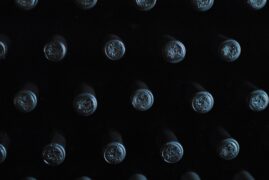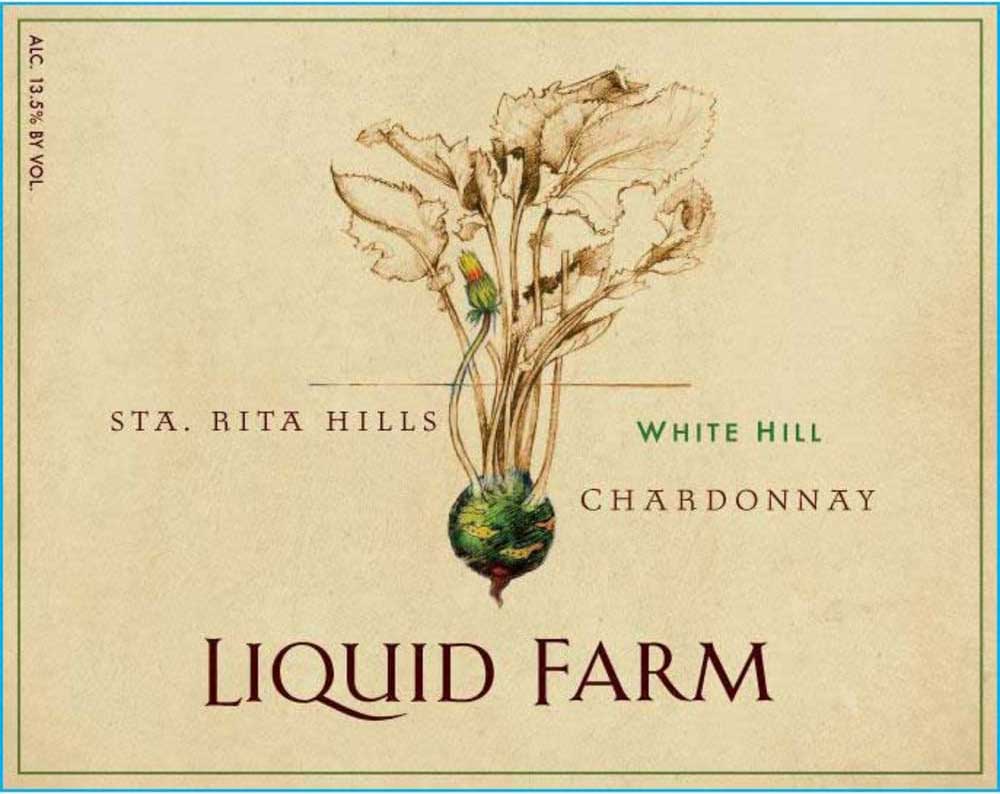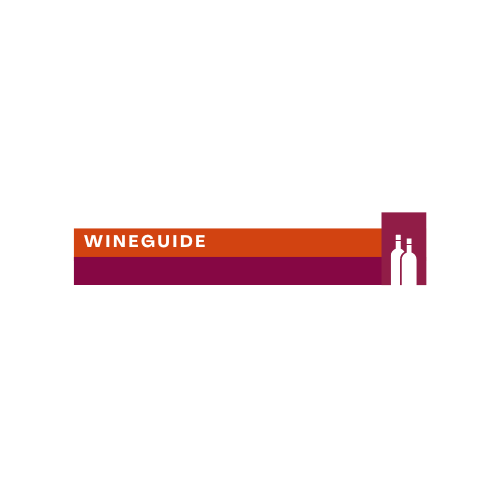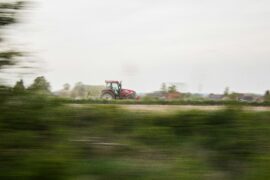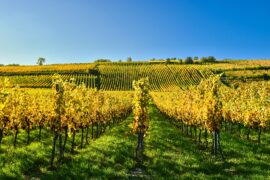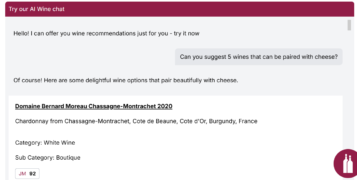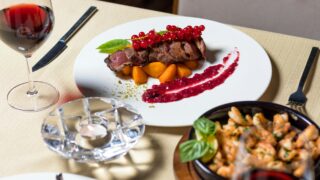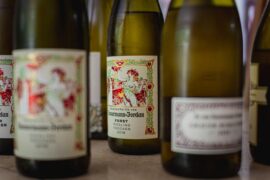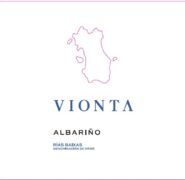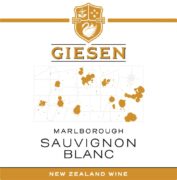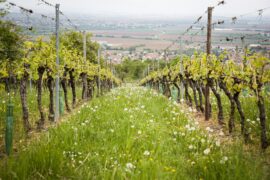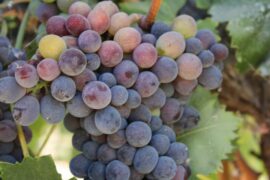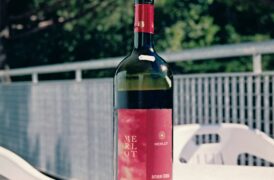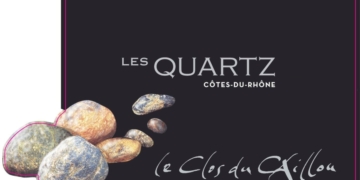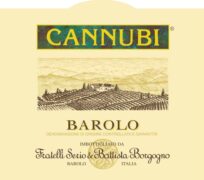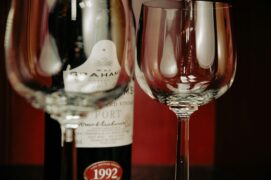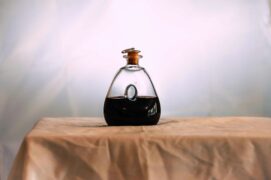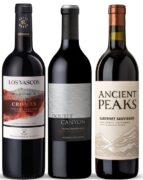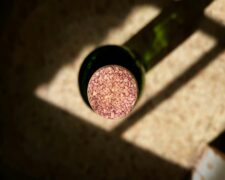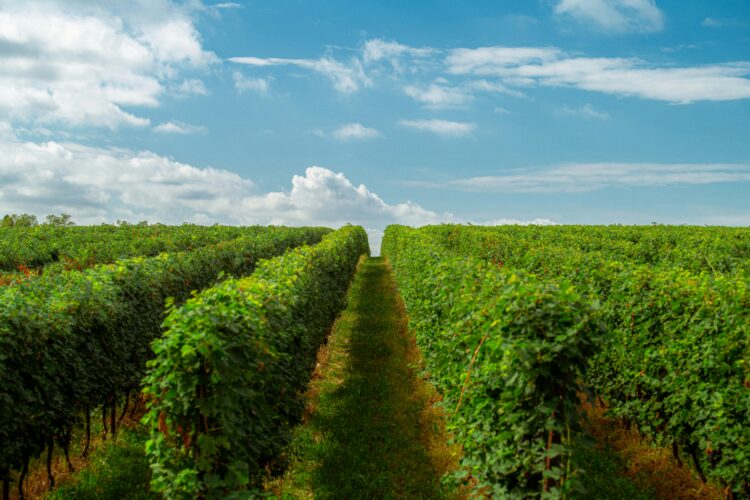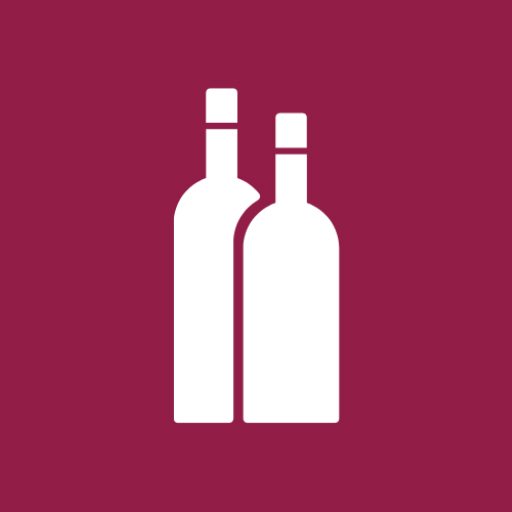Wine production is a complex process that involves several stages, from grape harvesting to bottling the final product. Here’s a step-by-step overview of how wine is made:
- Harvesting: The winemaking process begins with harvesting the grapes, which are typically picked at their peak ripeness to ensure the best possible flavor and balance. Grapes can be harvested by hand or machine, with the timing of the harvest being crucial, as it affects the wine’s acidity, sweetness, and overall character.
- Crushing and Pressing: Once the grapes are harvested, they are crushed to release their juice. For red wines, the grapes are crushed along with their skins, seeds, and stems to extract tannins and color, which are crucial for the wine’s structure and aging potential. For white wines, the grapes are typically pressed to separate the juice from the skins before fermentation.
- Fermentation: The grape juice, or must, is then transferred to fermentation tanks, where yeast is added to convert the sugars in the juice into alcohol and carbon dioxide. This process can take anywhere from a few days to several weeks, depending on the type of wine being produced. For red wines, fermentation often occurs with the grape skins, while for white wines, fermentation usually takes place after the skins have been removed.
- Aging: After fermentation, the wine is aged to develop its flavors and complexity. This can be done in stainless steel tanks, concrete vessels, or oak barrels, each of which imparts different characteristics to the wine. The aging process can last from a few months to several years, depending on the style of wine and the winemaker’s preference.
- Clarification: Once the wine has aged, it undergoes clarification to remove any solids, such as dead yeast cells, proteins, and other particles. This is typically done through filtration, fining agents (like egg whites or bentonite clay), or racking, where the clear wine is siphoned off from the sediment.
- Bottling: After clarification, the wine is ready to be bottled. Some wines may undergo additional aging in the bottle before they are released to the market, while others are ready to be enjoyed immediately. The bottling process involves sealing the wine in glass bottles, often with a cork or screw cap, and labeling it for sale.
- Enjoying: Once bottled, the wine is ready for consumption. Whether enjoyed young and fresh or aged to perfection, wine is a product of careful craftsmanship and the unique characteristics of the grapes and terroir from which it originates.

